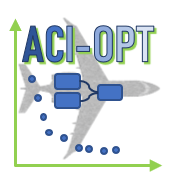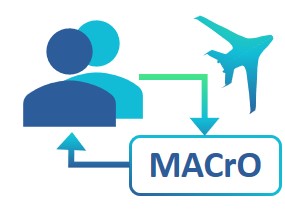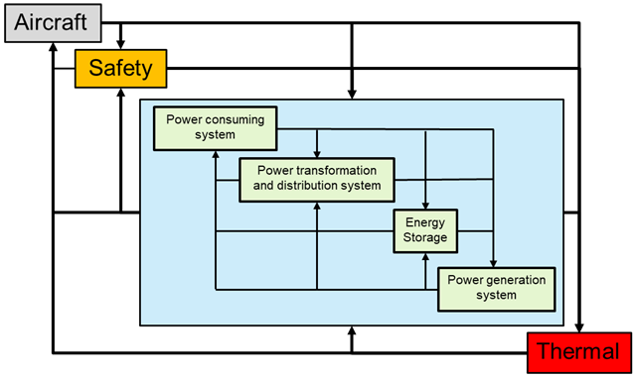Research Overview ...page under construction...
Our mission is to develop design methodolgies and tools for the next generation of environmetally friendly aircraft. With these methods and tools we want to enable a faster integration of new technologies into future aircraft. We focus on system and subsystems considerations and how they can be included in the conceptual design phase to establish concept feasibility and more mature requirements.
A full list of publication is available on Google Scholar or Research Gate.
Ongoing Projects
EAP: Exploration and modeling of alternative propulsion technologies for business jets
This project is lead by University of Sherbrooke and in collaboration with Ecole Polytechnique de Montreal, Bombardier, Pratt & Whitney, and Calogy Solutions; funded by CRIAQ and NSERC
What do we do? Developping conceptual design models for hydrogen-based propulsion (hydrogen tanks, fuel cells) and thermal management systems. We are also working on the MDAO framework and overall aircraft integration aspects.
ACI-OPT: Aircraft Component Installation Optimization
ACI-OPT aims to accelerate the development process of future aircraft featuring novel technologies or configurations. In particular, novel tools and methods will be developped to improve the conceptual design of aircraft by automating and optimizing the placement of aircraft systems and components, considering the many competing constraints (safey, maintainability, thermal aspects, wiring weight).
Partners: Bombardier, MTLS Aerostructures, StreamSystems, McGill University
MACrO: Model-Based Aircraft Control System Architecture Optimization for Reduced-Crew Operation
The MACrO project envisions developing methodologies and tools to design future aircraft control architectures in an optimal, effective, and human-centric manner for future safer aircraft with a reduced environmental impact.
Partners: Bombardier, Concordia University - Design Lab of Prof. Zeng
Solar Power Systems for Future Aircraft
We are exploring the technical challenges of developing and integrating auxiliary or supplemental solar power systems into future aircraft. This includes the development of a conceptual design framework, experimental work on a remote-control flying demonstrator, building a prototype for solar cell integration in an aircraft wing and the development of a ditial twin.
Aircraft systems architecting methodologies for more electric, hybrid, and unconventional vehicles
Development on a flexible framework for concpetual design analysis and development of unconventional aircraft, a few of them listed below:
- ASSET tool set (Aircraft System Sizing and Estimation Tool)
- ASSESS tool set (Aircraft System Safety Assessment)
- PySysTher - Thermal risk analysis for conceptual design
- ASSEMBLE - Maintainability risk assessment for conceptual design
Completed Projects
MDAO-Next-Gen/AGILE4.0
Developing next-generation multi-disciplinary design, analysis, and optimization capabilities for next-generation aircraft (funded by NSERC, CRIAQ and Bombardier)
in collaboration with the European project AGILE4.0: Towards cyber-physical collaborative aircraft development



